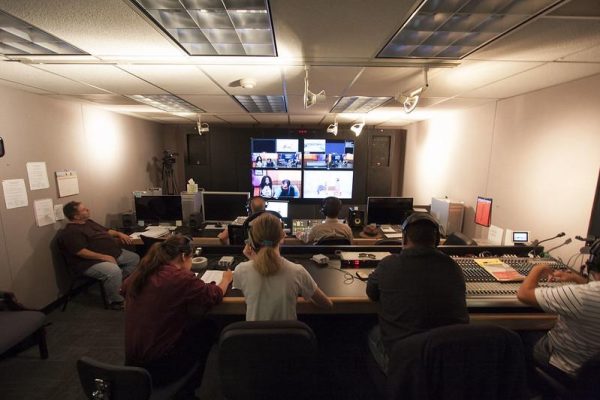Okay, I know I’m late to this, but what’s the deal with medical marijuana? I mean, when my parents were growing up, marijuana was an illegal drug. Now it’s legal in some places, but not others. And now people say it’s actually medicine — and they’ve been saying that pretty much my whole life, now, so I guess that’s right! But if marijuana is actually good for you, why was it ever illegal? Why is it still illegal in some states? I’d love to learn more about what marijuana is actually good for, and why its legal situation is so complicated.
Marijuana’s history is complicated, and some aspects of that history are still controversial. But much less controversial is marijuana’s medical value. Marijuana can be used to treat many diseases and their symptoms, and the American public has grown extremely supportive of medical marijuana. Polls show that Americans support medical marijuana more strongly than they support recreational marijuana, although according to the numbers, both have support from the majority of Americans.
Many decades ago, marijuana was legal for all uses. The hemp plant — the same plant as marijuana — was a major plant in the textile industry, and the psychoactive effects of marijuana were enjoyed by a diverse group of people. What happened next is still controversial. The diversity of marijuana’s user base didn’t help matters, and neither did sensationalist “yellow journalism”, but soon enough the United States had made marijuana an illegal drug under the Controlled Substances Act of 1970, despite the fact that marijuana was safer than many legal drugs, including alcohol.
Marijuana’s legal status made it difficult to research. Since marijuana was highly illegal on a federal level, getting permission to use it in studies was tough (and in fact, it still is). But scientists were slowly but surely able to make a strong case that marijuana has medical benefits.
It’s important to note that medical marijuana is not always smoked. While that is an option, it’s also possible to ingest marijuana orally, and experts in medicine can even isolate active ingredients (cannabinoids) like CBD to make pills and other medicines. And not all of these products will get patients “high” — for instance, CBD alone is not psychoactive (meaning there is no high). With marijuana’s medical benefits made clear, some states began to legalize and regulate marijuana for medical purposes. The first of these states was California in 1996.
Today, medical marijuana is legal in 30 states and the District of Columbia. Eight states and the District of Columbia have also legalized marijuana for recreational use. In states where it is legal, marijuana is still highly regulated. For example, it’s illegal to use in certain public places and dispensaries are prohibited from displaying it or advertising it in certain ways.
Medical marijuana’s legality is clear in the states which have legalized it, but setting up a legal marijuana business is still tricky, according to California medical marijuana attorneys. There are plenty of regulations and red tape to deal with. And of course, marijuana is still legal on the federal level. The federal government has not shown much willingness to challenge state laws within the states, but crossing a state line with marijuana is a good way to end up charged with a federal crime.
It seems likely that current trends will continue and more and more states will legalize marijuana for medical and/or recreational purposes. Perhaps federal laws will change someday, as well. For now, you should know that medical marijuana is real and powerful, and that this reality is slowly but surely triumphing over outdated laws.



